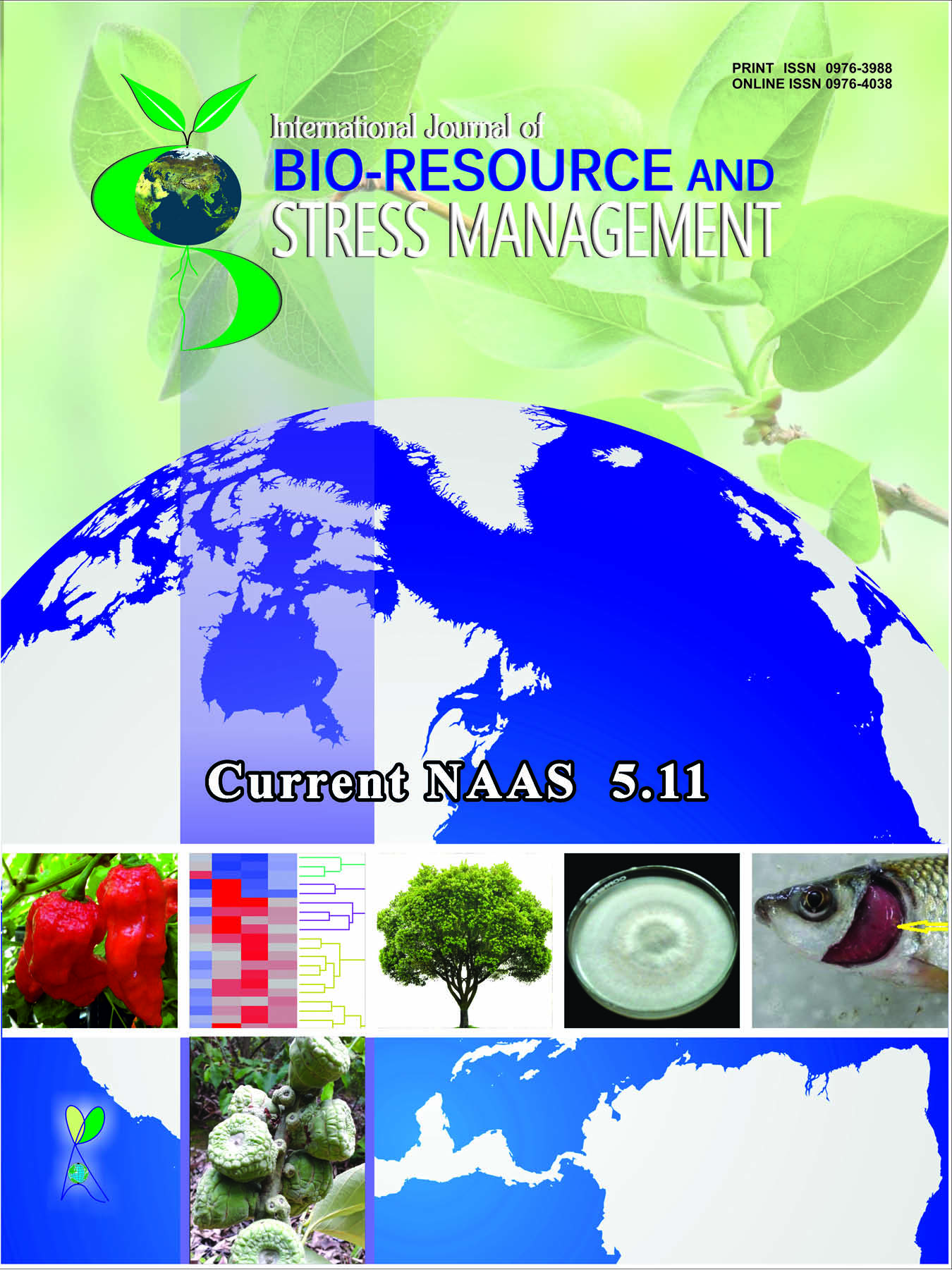Exploring the Potential of Banana Sap as Dye for the Adinkra industry in Ghana
Keywords:
Banana, Bridelia micratha, pseudostem sap, dyestuff, Adinkra industryAbstract
A study was carried out to explore the potential of banana sap as a dye for the Adinkra industry in Ghana. Pseudostem extract of banana and stem bark extract of Bridelia micratha were compared as dyeing stuff. A consumer preference study was also conducted to assess the acceptability of the products developed. The results revealed that a combination of banana sap and B. micratha dye ensures a high levelness on fabrics. It also showed that banana sap could serve as a good mordant. The result on consumer acceptability showed that product from 50% by volume of banana sap and 50% of B. micratha recorded a good acceptance by manufacturers. The colour of the cloth which was deep brown colour was also preferred by many people as a peculiar product used by royals. The results showed that dyes with no or little of B. micratha dye inclusion showed no sign of solidification. It could be concluded that equal volumes of banana sap and B. micratha dye could be used for the Adinkra industry as an alternative for the sole B. micratha dye that requires a mordant. This would reduce the cost of buying and using synthetic dyes. Further study should be conducted to explore the potential of other banana and plantain saps as a dyeing agent for the Adinkra industry in Ghana.
Downloads
Downloads
Published
How to Cite
Issue
Section
License
Authors retain copyright. Articles published are made available as open access articles, distributed under the terms of the Creative Commons Attribution-NonCommercial-ShareAlike 4.0 International License, which permits unrestricted non-commercial use, distribution, and reproduction in any medium, provided the original author and source are credited. 
This journal permits and encourages authors to share their submitted versions (preprints), accepted versions (postprints) and/or published versions (publisher versions) freely under the CC BY-NC-SA 4.0 license while providing bibliographic details that credit, if applicable.





